9 things you need to know about Corsica
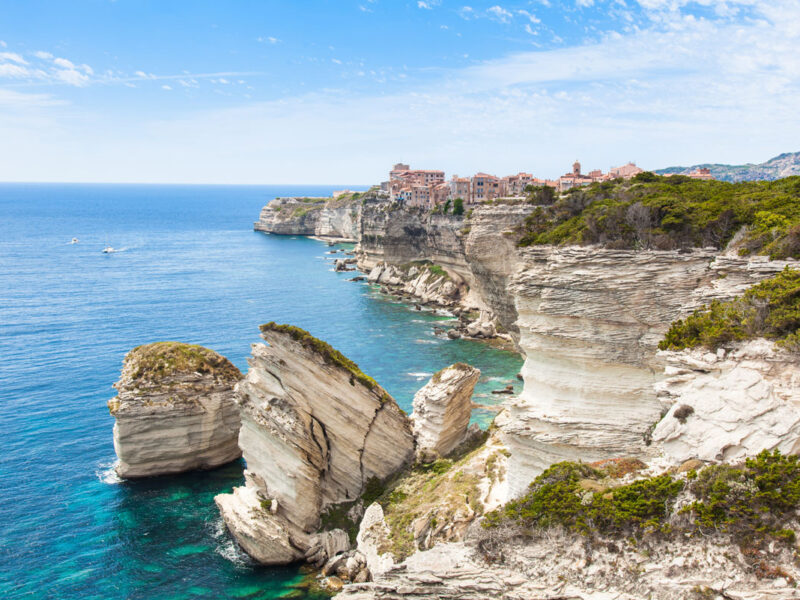
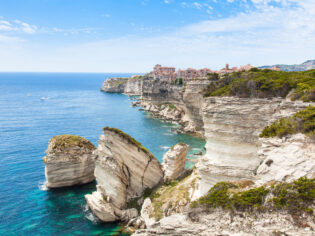
Here is just a tiny sampling of what makes Corsica special. (Image: Getty Images/sam74100)
Get ready to learn a thing or two about this stunning Mediterranean island.
Who knew Corsica had so much going for it? Well, the French as it is part of France, but Corsica has been under the radar for way too long for island-loving Aussies.
Here are some enticing titbits about the fourth-largest island in the Mediterranean. Before you finish reading, you’ll be making plans to visit.
1. It sports some of the most beautiful beaches in the Mediterranean
Corsica has more than 1000 kilometres of coastline with granite headlands punctuated by a wide array of gorgeous beaches and aquamarine waters. Here is just a tiny sampling.
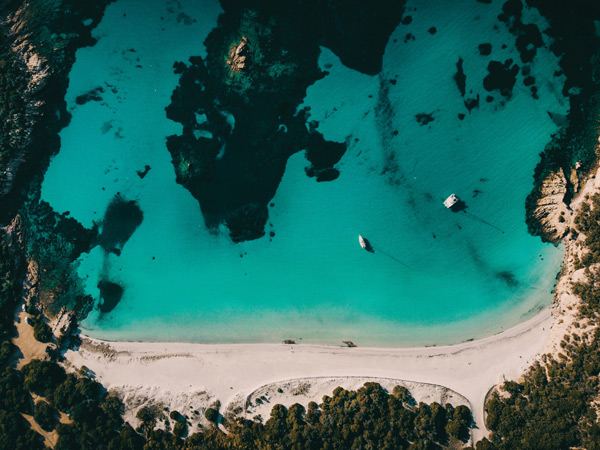
Plage de Roccapina is a beach lover’s dream. (Image: Mario Von Rotz)
In the north, there are the champagne-coloured sands and aquamarine waters of Lotu and Saleccia beaches of the Desert des Agriates and the cliff-backed black sand beach of Nonza on Cap Corse.
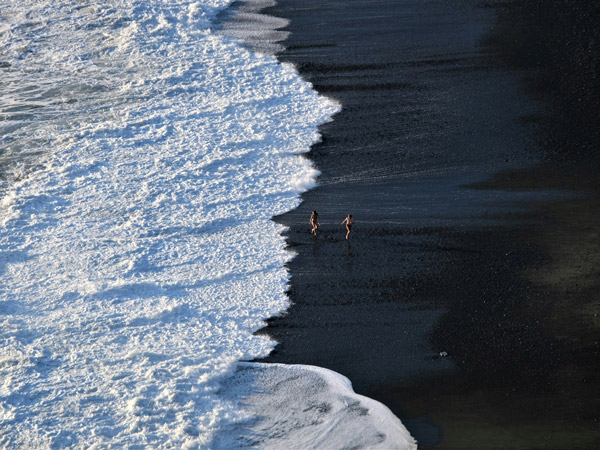
Set foot on the beautiful black sand beach, Nonza. (Image: Alessandro Venturi)
On the east coast, there’s the fine white sandy Pinarello Beach with a boardwalk, a pine forest behind and a few beachside restaurants and the two-kilometre-long sweep of dove white-coloured beach at Palombaggia, south of Porte Vecchio.
Not far from Bonifacio in the south is the lunar-like landscape with sculpted chalk cliffs and a giant sea cave next to Saint-Antoine Beach where you can swim with translucent fish.
While in the southwest, there are many tucked-away beaches of biscuit-coloured sand in the Sartene region (Roccapina Beach with its lions-head-shaped headland and Tizzano Beach).
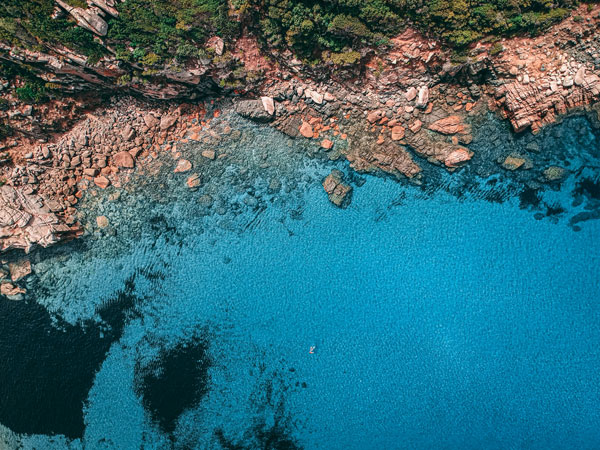
Admire the turquoise waters at Tizzano Beach. (Image: Niko C)
You can even take a day boat to the Lavezzi Islands, a group of tiny granite islands off the coast of Bonifacio, which is a perfect spot to go snorkelling with lots of fish.
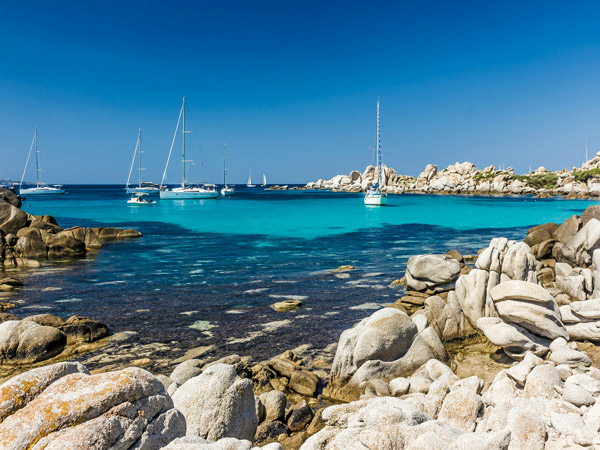
Take a day boat to the Lavezzi Islands. (Image: Kevin Et Laurianne Langlais)
2. It has some of Europe’s most dramatic mountains and one of the most spectacular long-distance walks on the continent
Corsica is mountainous (really mountainous) with jagged red rocks forming rugged cliffs and headlands, particularly in the west. In fact, there are 472 named mountains and 20 peaks that are higher than 2000 metres, with the highest peak being Monte Cinto at 2706 metres.

Monte Cinto is the highest point on the island. (Image: Getty Images/ValerioMei)
It also has one of the most famous and toughest long-distance hikes in Europe: the 180-kilometre GR20, which traverses the island from north to south with a vertical elevation range of 10,000 metres.
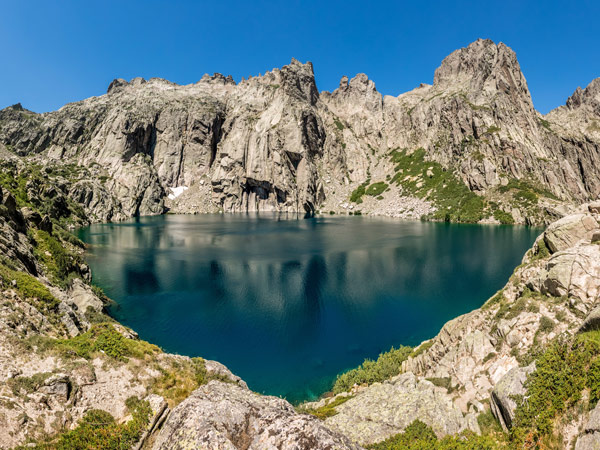
The lake of Capitello is part of the GR20. (Image: Getty Images/joningall)
It’s special because it leads experienced hikers into the sort of terrain usually only accessible to mountaineers and along the way offers rugged cliffs, sea views, secret mountain lakes and spectacular panoramas.
Day trekkers can also enjoy one of the island’s best day hikes up the Restonica Gorge to lakes Melu and Capitello in the Rotondo Massif, which is part of the GR20.
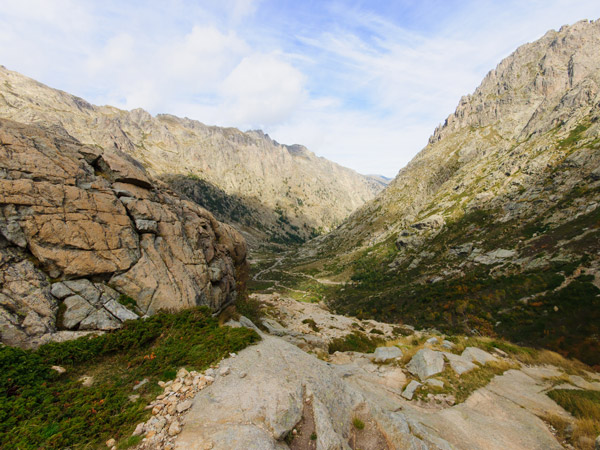
Restonica Gorge is one of Corsica’s most picturesque canyons.
3. It’s famous for its very own surf and turf cuisine
Corsica has a rich food culture that is tied both to the land and the sea. Inland, it’s all about lamb and veal stews, charcuterie, sausages and hams made from wild boar as well as a wide range of flavourful cheeses (try the ricotta-like brocciu) made from goats and sheep milk.
Other local specialties include olive oil, chestnut pastries and honey flavoured with the flowers of the fragrant maquis-covered landscape. There is also a wide range of delicious local Mediterranean fish including dentex, scorpion fish, corb, sea bream and sea bass.
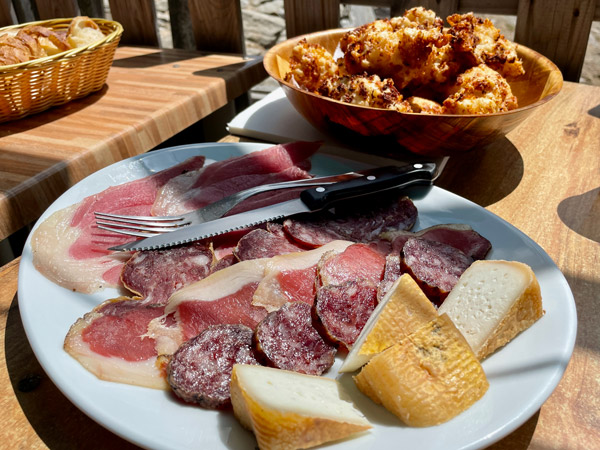
Discover Corsica’s rich food culture. (Image: Getty Images/Maleo Photography)
4. It has delicious wines made from indigenous grape varieties you’ve never heard of
More than 30 different grape varieties are grown in nine AOC regions that cover more than 8000 hectares under vine. This makes for some pretty interesting wine touring all over the island.
Be adventurous and discover some of the indigenous grape varieties such as sciacarello, nielluccio, and mamolo (for reds) and vermentino, malvoisie and biancu gentile (for whites). Patrimonio in north east Corsica, the island’s first wine region, has the largest number of wineries.
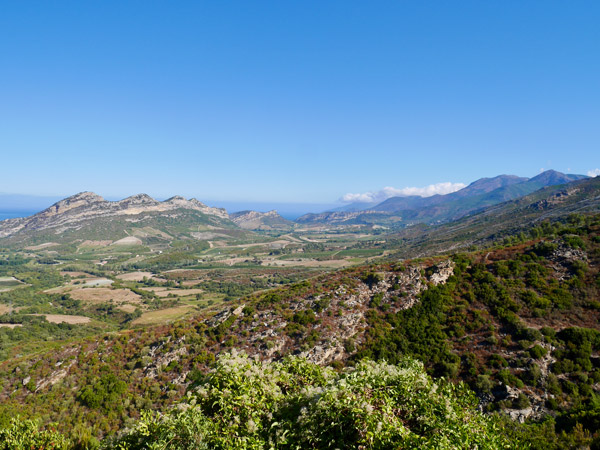
Vineyards are spread across Patrimonio. (Image: Getty Images/Maleo Photography)
Also check out Domaine Saparale in Sartène, which also offers accommodation in traditional bergerie huts, while Domaine de Peretti della Rocca in Figari has a terrific cellar-door restaurant and accommodation overlooking the vines.
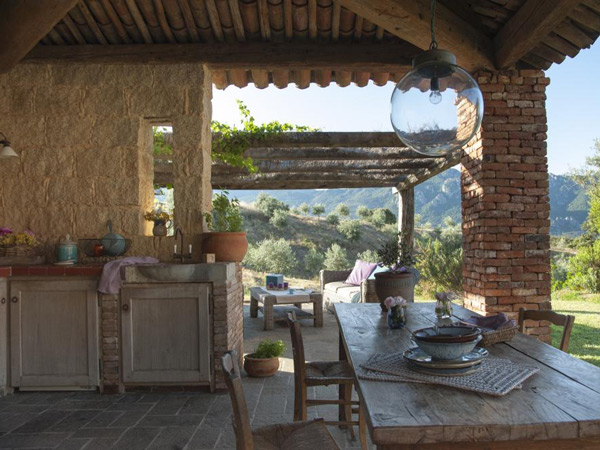
Make sure you check out Domaine Saparale in Sartène.
5. It has mysterious prehistoric archaeological sites with a variety of megaliths
Corsica has numerous archaeological sites with prehistoric stone dolmen structures and menhirs (standing stones).
Filitosa is the most impressive, about one-and-a-half hour’s drive southeast of Ajaccio. It was inhabited continuously from the 9th millennium BC until 300 BC when Corsica came under Roman control.
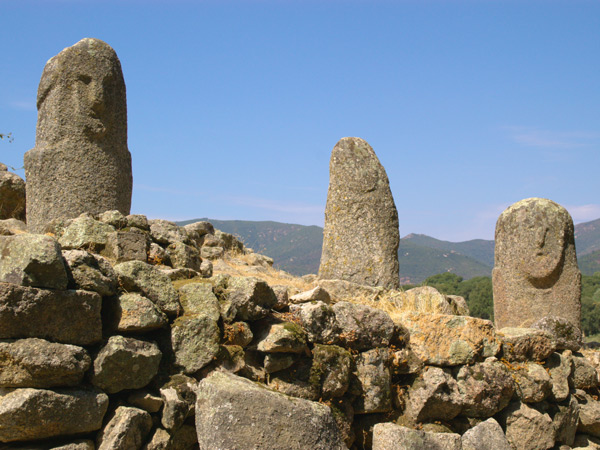
Be mesmerised by Filitosa. (Image: Getty Images/x-drew)
You’ll discover wooden implements from the Mesolithic Age; flint tools, ceramics, dolmen and grindstones from the Neolithic period; and carved menhir statues and stone towers from the Bronze Age. The sixteen sculpted granite menhir statues, with human faces, shoulders and arms as well as swords, daggers and helmets, are the most mysterious.
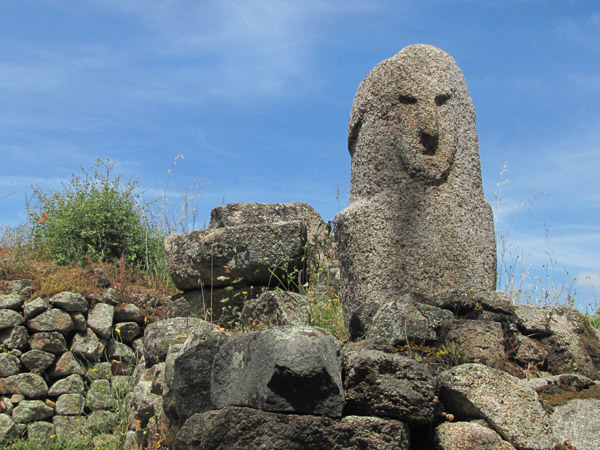
The sixteen sculpted granite menhir statues are incredibly mysterious. (Image: Getty Images/Yvonne Wacht)
6. It has one of the richest marine diversity hotspots in Europe
The Scandola Nature Reserve is both a land and marine reserve located on the Gulf of Porto in the north west. It’s a global benchmark for biodiversity protection and is one of the richest marine diversity hotspots in Europe.
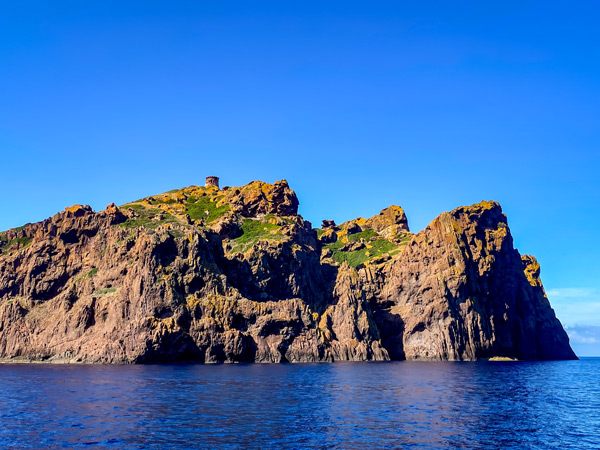
Scandola Nature Reserve is one of the richest marine diversity hotspots in Europe.
Between its cliffs of red granite lie aquamarine coves with nearly 200 species of fish including some that have almost disappeared from the Mediterranean, as well as more than 450 species of algae. It’s also home to gannets, moray eels, red coral and gorgonian fans and is renowned for its successful restocking of ospreys and groupers.
The Scandola Nature Reserve, along with the nearby Calanques of Piana and the gulfs of Porto and Girolata, is a UNESCO World Heritage site.
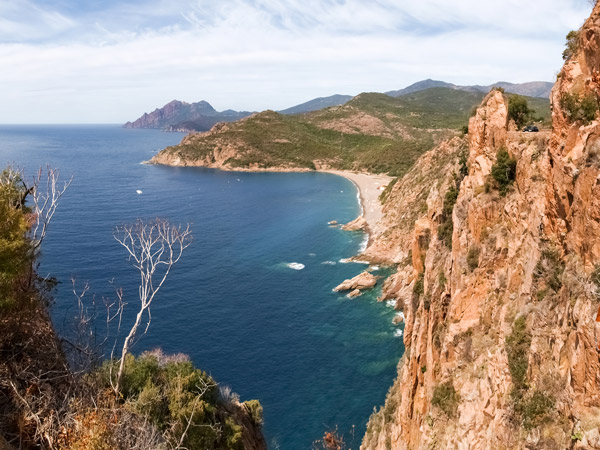
The craggy peaks of Calanche de Piana were chiselled by erosion. (Image: Getty Images/Mor65)
You can drive two kilometres along the road between Piana and Porto to admire spectacular red granite rock formations or take a boat trip to marvel at the cliffs and pillars from the sea. You’ll see plenty of marine life too.
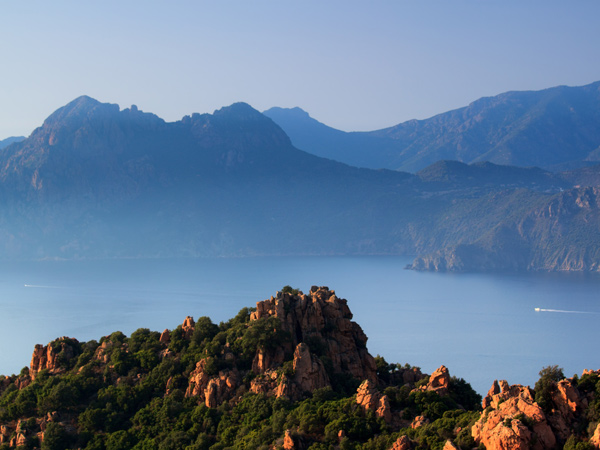
Calanche de Piana overlooks Scandola’s mountains. (Image: Getty Images/digital chateau)
7. It has a desert that frames 37 kilometres of exquisite, protected coastline
Located west of Saint-Florent in the Balagne region of northern Corsica, the Desert des Agriates is Corsica’s largest territory of uninhabited wilderness. Not really a desert, it’s more a landscape of rocky ridges covered with maquis scrubland that frames sublimely beautiful beaches and headlands.
The endemic flora includes holm oak, olive trees, myrtle, sage, juniper, strawberry tree, rock rose and other aromatic plants while the beaches of fine powdery champagne-coloured sand rimmed with crystal clear aquamarine waters are possibly the most beautiful and unspoiled in the Mediterranean.
The easiest way to access some of these beaches is on a short ferry or jet-boat ride from Saint-Florent. Lotu and Saleccia beaches are the most popular and both have rustic restaurants offering seafood and other classic Corsican fare.
You can walk the Sentier des Douaniers between the two, or if you’re feeling particularly adventurous, you can hike the entire 37-kilometre trail, between Plage de l’Ostriconi and Saint Florent, over three days (there are only primitive camping facilities). Route D81 is the only road, which marks the southern limits of the Agriates, while branching tracks are accessible to four-wheel-drive vehicles.
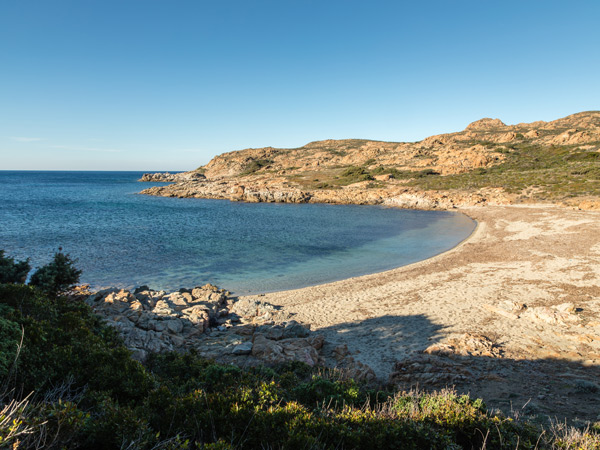
The Desert des Agriates is Corsica’s largest territory of uninhabited wilderness. (Image: Getty Images/joningall)
8. Its polyphonic choral singing is an acapella tradition unique to the island
Corsican polyphonies are a part of the island’s identity and culture and are sometimes linked with political agitation for the island’s independence. This singing tradition, which originates from shepherds’ songs of daily life in the mountains, had almost become extinct until its revival in the 1970s.
These days, you’ll see flyers advertising choral groups in many towns across the island. There’s an annual polyphonic singing festival in September in the heart of the Calvi citadel, where you’ll not only hear the finest Corsican choirs but also polyphonic ensembles from all over the world.
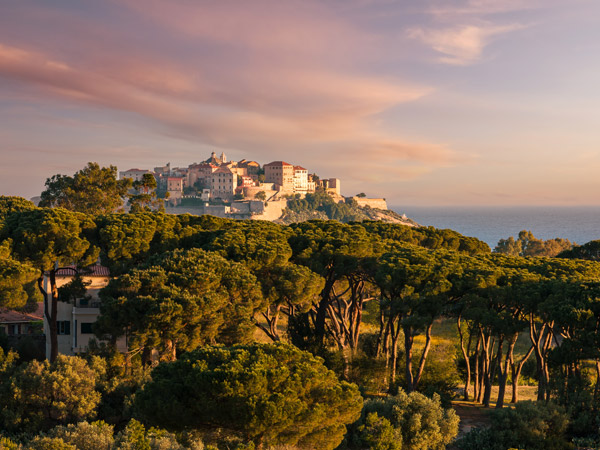
Calvi’s massive citadel is perched atop a rocky headland. (Image: Getty Images/joningall)
9. It was the birthplace of Napoleon
Napoleon Bonaparte was born in Ajaccio in 1769, a year after the Republic of Genoa ceded Corsica to France. Bonaparte ruled France for over a decade until his defeat at Waterloo in 1815.
Today you can visit where he was born at the Maison Bonaparte, which is also a museum dedicated to his legacy; the Ajaccio Cathedral where he was baptised and where members of his family are buried; and the Salon Napoleonien at the Ajaccio Town Hall, where portraits and busts of the family are on display. There’s also a monumental statue of the emperor on a horse, surrounded by his four brothers, on Place du Diamant as well as a marble statue of him dressed as a Roman Consul at the Place des Palmiers.
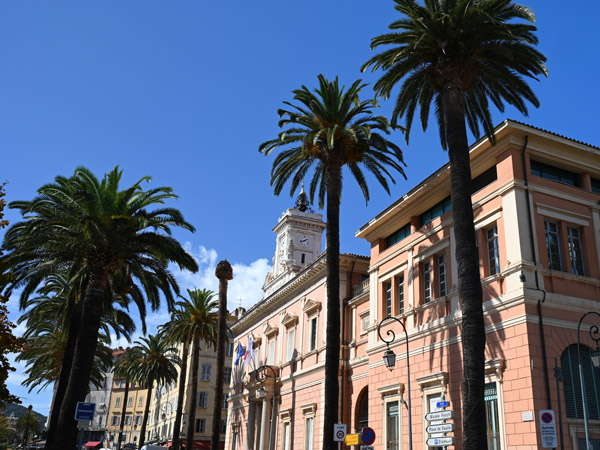
Portraits and busts of the Bonaparte family are on display at Ajaccio Town Hall. (Image: Getty Images/Richard Villalon)
In another nod to history, the members of the French Resistance took their nickname from the maquis (the scrubby bushland fragrant with aromatic sage, juniper, rosemary, laurel and immortelle (everlasting flowers) that covers the Corsican landscape) because the Corsican rebels were the first to repel the German occupiers during the Second World War.
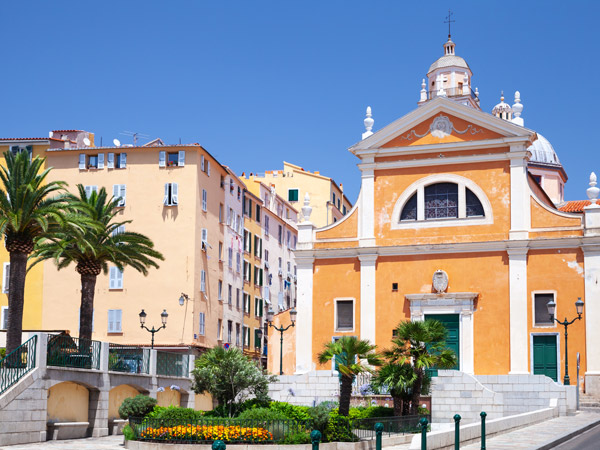
Napoleon was baptised in Ajaccio Cathedral. (Image: Getty Images/eugenesergeev)
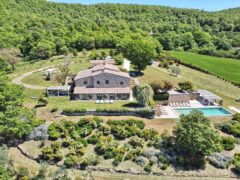
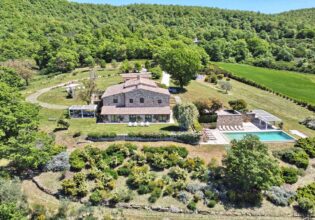
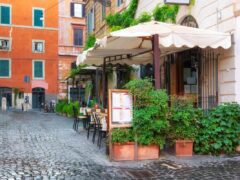
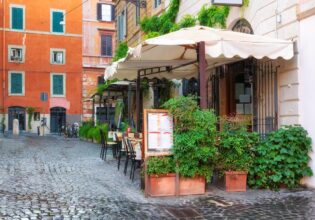
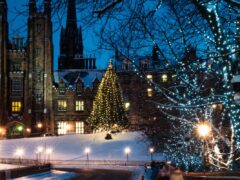
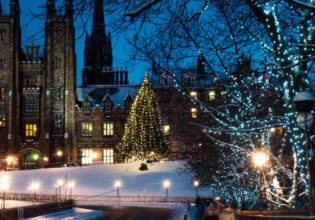
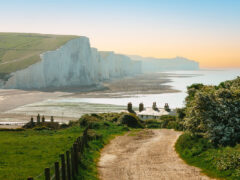
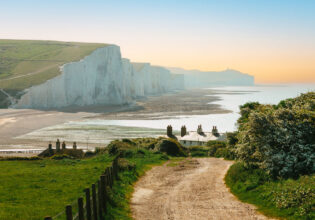
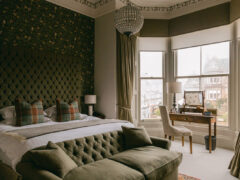

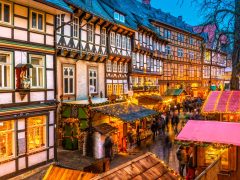
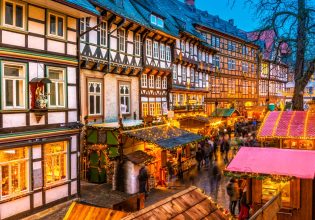


LEAVE YOUR COMMENT